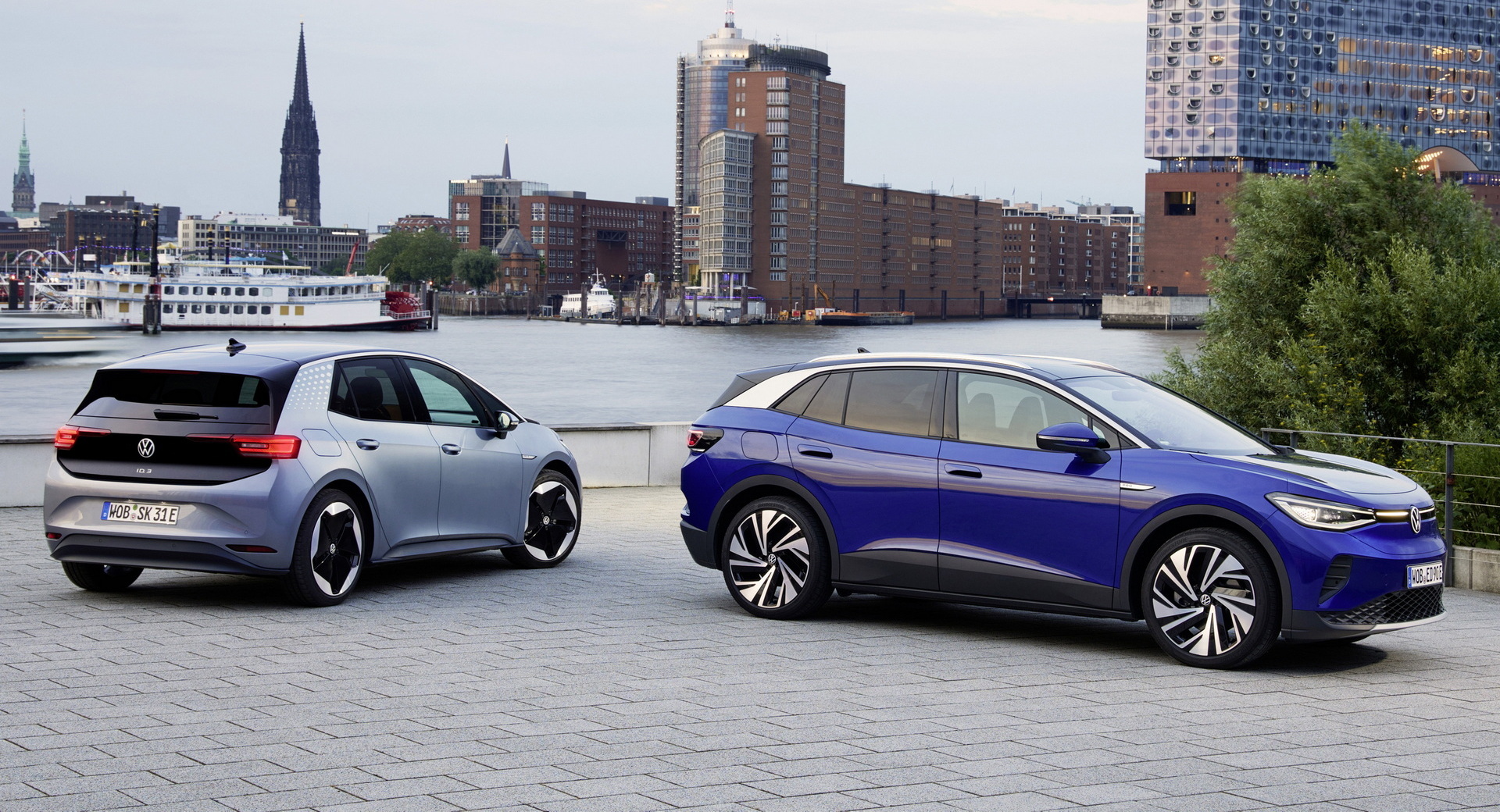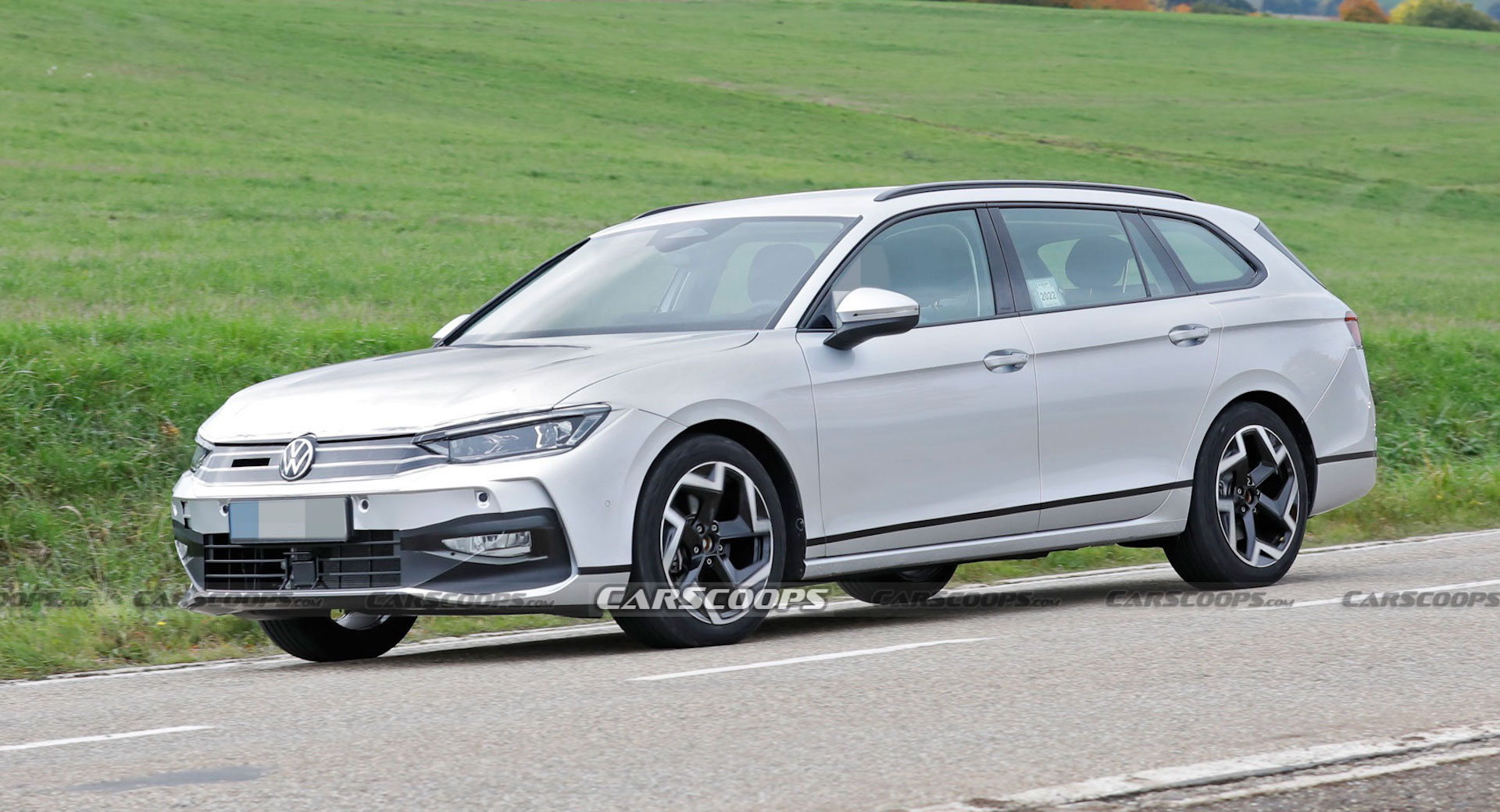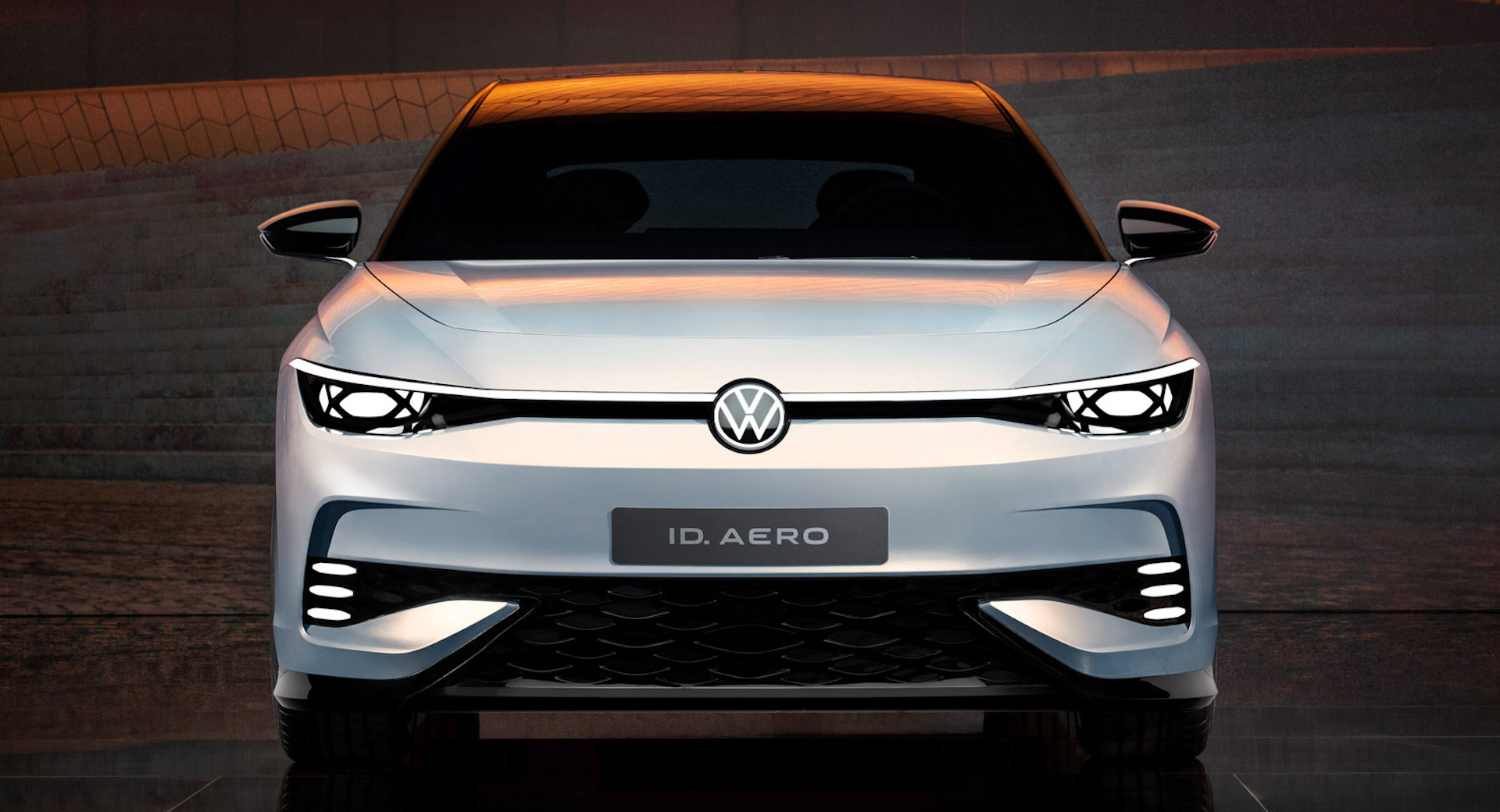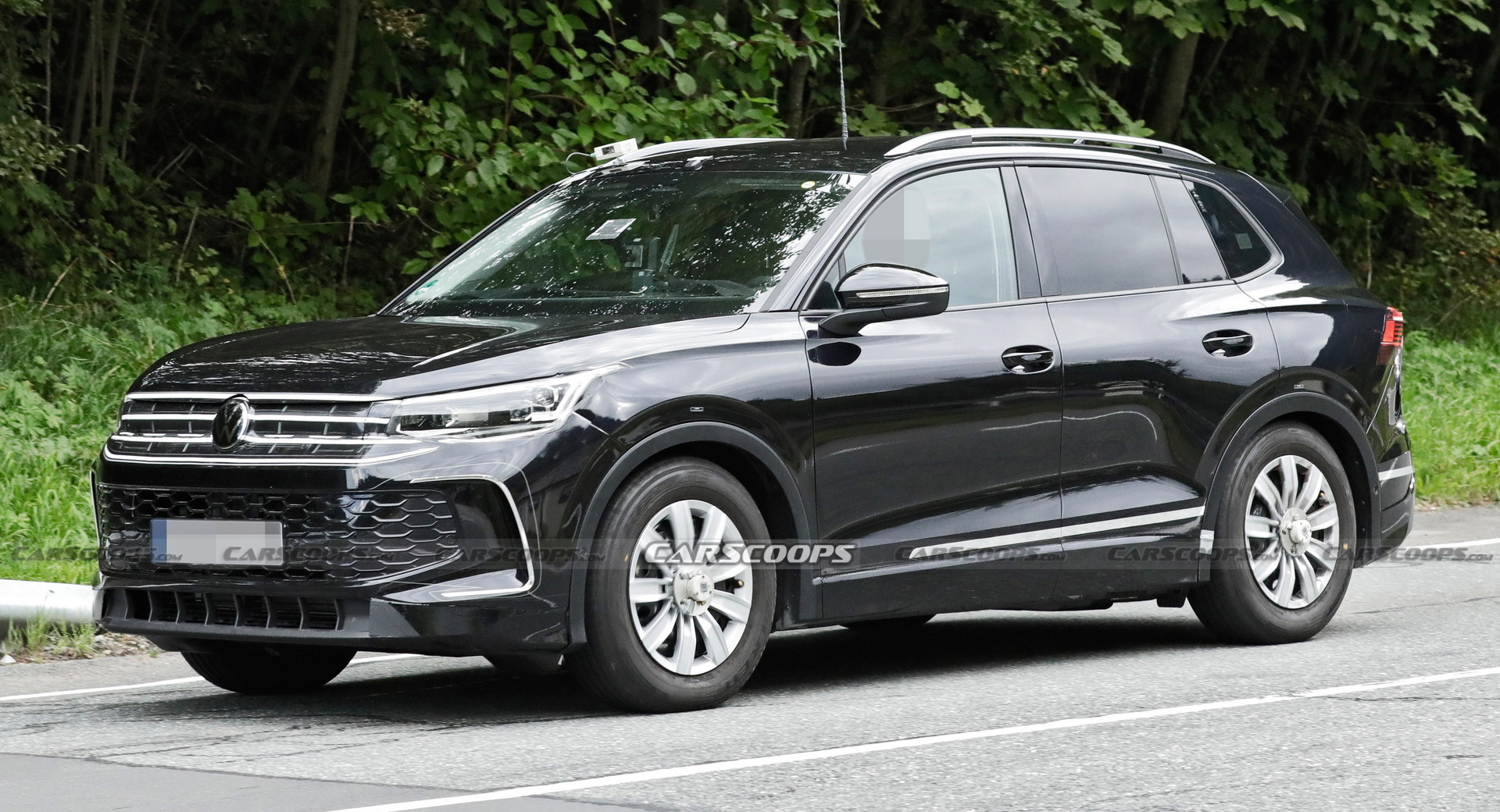VW boss Thomas Schäfer revealed that the automaker is working on a new compact SUV based on the ID.3 that will debut before 2026. The model will slot below the ID.4 in terms of footrpint and look “dramatically different” than the ID.3. Over the next few years, VW plans on offering a wide range of EVs while toning down its ICE-powered offerings, before going EV-only by 2033.
Both the ID.3 and the ID.4 are underpinned by VW Group’s MEB architecture, but the size difference between them means there is space for an additional model to bridge the gap. Thus, a compact EV crossover is something that VW needs in order to compete in this “fast-growing vehicle segment” as noted by its CEO.
Read: All Volkswagen R Models Will Be Fully Electric By 2030

The VW ID.3 (left) measures 4,262 mm (167.8 inches) long, which is 322 mm (12.7 inches) shorter than the ID.4 (right), allowing space for an additional model to slot between them.
Unlike other VW Group products that look very similar to each other creating a strong family connection, Schäfer suggests that the ID.3-based SUV will have a distinct styling identity. This approach could be followed by the rest of the lineup giving more freedom to designers, although we wouldn’t bet on VW going radical on any of its designs.
As for the name, the new model will likely adopt the ID.3 X moniker, with VW planning on using the letter “X” for crossovers. Speaking to Autocar about the upcoming changes in the naming strategy, Schäfer said: “It’s one option and not an unlikely option that the SUV part is an X but it’s not 100%. It has to be consistent across the range, and because our range is still quite big and overlapping here and there, we need to sort it out. But it looks as if it would make sense with the numbering and X”.
10 New And Updated EVs Coming By 2026
As reported by Autocar, Volkswagen will unveil 10 new EVs by 2026, creating what Schäfer describes as “the broadest electric portfolio in the automotive industry”, adding that “we will have the right offer in every segment”. All of them will be based on the MEB architecture which will continue with “significant advances” in the range, performance, and other features before being replaced by the new SSP (Scalable Systems Platform) after 2026.
Among the upcoming debuts, VW has already confirmed an entry-level EV supermini with a starting price below €25k ($25k) and a closely-related “sporty crossover variant”. Those will serve as entry points for the VW range as the EV equivalents of the Polo and the T-Cross.
Moving up, we already know a facelifted ID.3 is coming in 2023 alongside the ID.3 GTX sporty variant. As reported by Automotive News Europe, the electric hatchback will represent a “significant and noticeable leap forward in terms of quality, materials and system stability”. A similar mid-lifecycle update of the ID.4 should also be expected before 2026 as the model was originally introduced in 2020. Finally, there is the aforementioned ID.3-sized crossover, and the production version of the ID.Aero sedan destined to become Volkswagen’s EV flagship.
Fewer ICE-Powered Models, VW Going EV-only In Europe By 2033

The next-gen VW Passat will only be available in Variant bodystyle based on an updated version of the MQB architecture with electrified powertrain options.
The array of upcoming EV launches will have its toll on VW’s ICE-powered range, with some of its popular nameplates heading for the axe. Schäfer said that VW will focus on core models while “noticeably simplifying our model range and packages over the next ten years”.
Schäfer added that VW wants to live up to the “do less but get it right” moto in each segment they compete in. From the current ICE-powered lineup, our spy photographers have caught the next-gen Passat that will be offered in Variant-only bodystyle when it arrives in 2023, and the next-gen Tiguan set to debut in 2024.
As for the Golf, VW has yet to decide about the future of their popular hatchback with the current eighth generation getting a facelift in 2023. In any case, VW’s future range of ICE-powered products will slim down in terms of available trims and powertrain options in a quest to reduce costs and complexity.
Thomas Schäfer confirmed that Volkswagen will go EV-only in Europe by 2033, which is the earliest date from the previously announced target of 2033-2035. VW’s new goal beats European Union’s forthcoming ICE ban scheduled for 2035. Still, it leaves room for the automaker to keep producing ICE-powered models for other markets including China, for as long as regulations permit.






